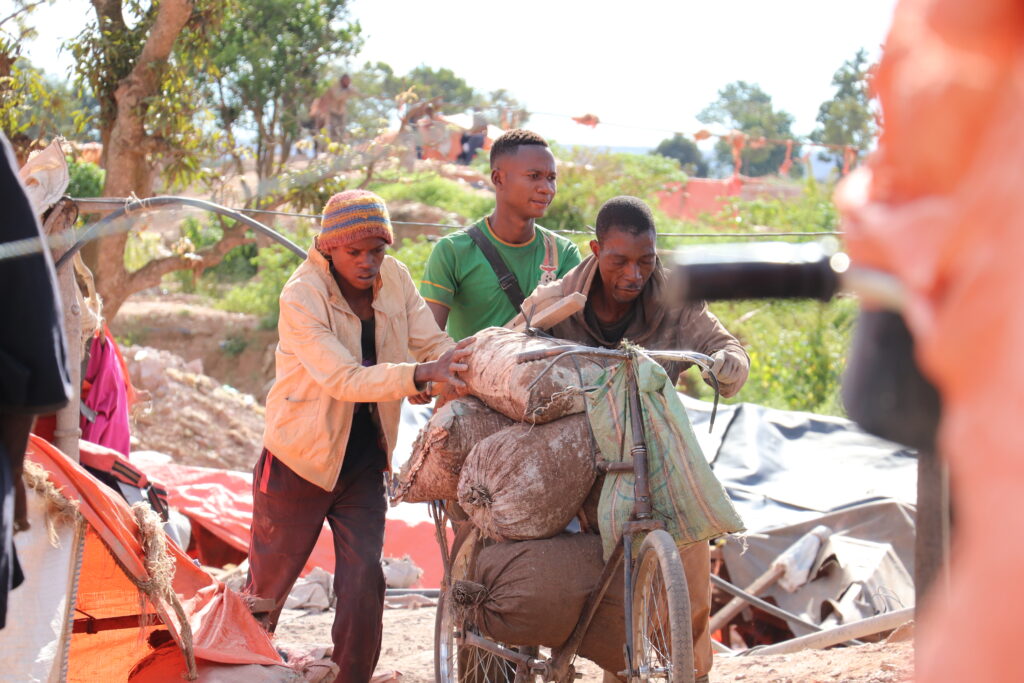The Charged Debate Around Cobalt
We have spent the last 1.5 years building what now has become the Fair Cobalt Alliance, a multi-year programme to address hazardous working conditions, child labour and low incomes among artisanal cobalt miners. We are actively recruiting additional members to support our vision. Many companies, however, are hesitant to engage with ASM, afraid of being associated with negative impacts upstream of their supply chain.
Few if any minerals have polarised the public as much as cobalt. The battery metal allows us to store energy more efficiently, stabilising batteries and allowing frequent recharging – an essential attribute for EVs, mobile phones and large scale energy storage. Given its utility, cobalt has been praised by many as the key to a green energy transition. As global speculation around cobalt had led to unprecedented price spikes, international NGOs and media came out with sobering reports uncovering hazardous working conditions at artisanal and small-scale mining (ASM) operations in DR Congo and, among other issues, a strong association with child labour. This creates a dichotomy between cobalt as a key to reach a clean, carbon-free future on the one hand, and its production, being characterised by systemic child labour, hazardous working conditions and a dismal reputation for the protection of human rights.
Contributing as much as 20% of national cobalt production, cobalt from artisanal and small-scale mines finds its way into complex, global supply chains. Despite it providing many thousands of jobs directly and contributing to the livelihoods of even more households indirectly, current practices at ASM cobalt-mining sites do not always meet the expectations of international supply chain actors and brands regarding working conditions, mine site governance and environmental management. Locally, however, artisanal miners have few viable alternative income sources that are as easily accessible or with similar levels of pay and providing ready cash flow.

Four years after Amnesty had published its report cobalt prices have gone back down to pre-speculation levels. While the number of workers has gone down significantly, there are still several ten thousand families that continue to rely on cobalt mining as their primary source of income. In regards to working conditions, little has changed on the ground, warranting the question of what can be done to help improve working conditions on the ground.
Only a few companies have taken steps to get involved on the ground. To the contrary, various EV producers and technology companies have announced their intention to reduce drastically and if possible even eliminate the use of cobalt in their batteries instead, pouring millions of dollars into finding a viable alternative. In all fairness, the costs and potential scarcity of the mineral, as well as its significant environmental footprint, undoubtedly played a role in the decision to reduce the industry’s dependency on cobalt, a potent driver, however, appears to be the desire to distance themselves from the harsh reality faced by the artisanal mining communities. This tendency towards disengagement from ASM cobalt and even the mineral at large, however, has fueled concerns by organisations like the OECD and Amnesty International, appealing to industry actors to seek constructive engagement with ASM instead. Downstream disengagement from, or a ban of, ASM cobalt fails to constructively address the issues leading to child labour and hazardous working conditions, denying any responsibility of supply chain actors to contribute to jointly developing a viable solution instead.



